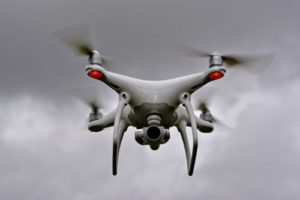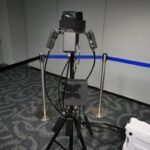
Making use of existing legislative authorities to limit the use of drones in the airspace of some areas, providing state and local law enforcement agencies with powers to counter drones, and improving airspace awareness are the primary areas for improving drone security for critical infrastructure protection, an industry official said last week. Congress in 2016 authorized the Federal Aviation Administration to allow critical infrastructure owners and operators to petition for flight restrictions around fixed-site facilities but the agency still hasn’t…

 By
By 











